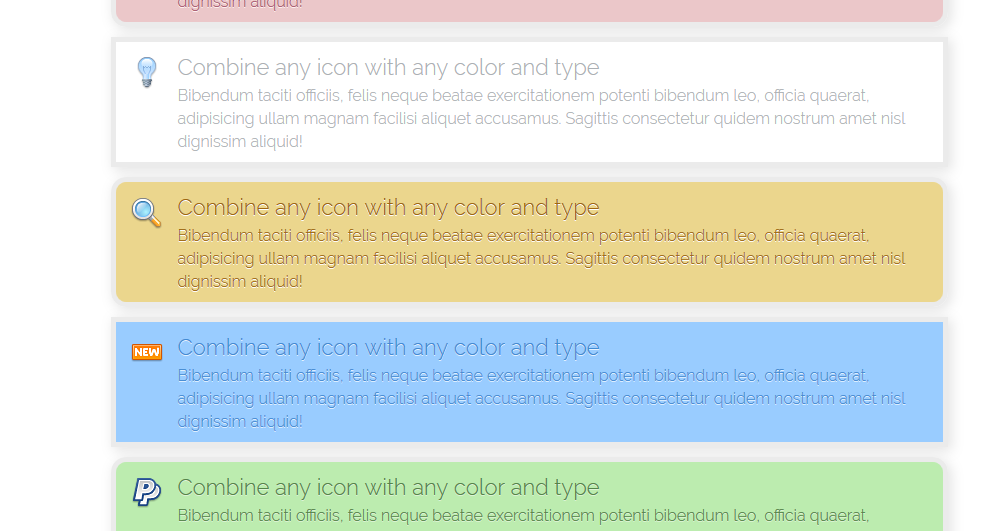WordPress is, hands down, the best content management system. There are many good things to say about WordPress and few negatives. One of the negatives, however, is that it isn’t search engine optimized out-of-the-box. You have to configure and tweak it.
The following is a quick WordPress SEO guide to get you up and running.
The Fundamentals
This bit deals with the initial housekeeping.
- Titles and meta– while title tags and meta descriptions no longer provide an SEO boost from an algorithm point of view, they inform Internet users what your site is all about in the search engine results pages (SERPS). To do this right, I recommend using an SEO plugin that allows you to easily specify your title tags and meta descriptions.
- Link structure – the link structure is important for SEO. Make sure your site is using the postname structure. You can specify this in the Settings page under Permalinks. You should also keep your url’s short for the best SEO results.
- Target a key phrase – It’s always a good idea to have a site focused on one specific key phrase. Having a well-defined niche and a specific key phrase allows you to easily specify your site’s title, descriptions, logo and also use as anchor text on other sites when building backlinks.
- Pingback – Pingback is a WordPress feature that notifies other sites when you link to them. It is a good idea to turn this on because letting others know when you link to them could make them reciprocate. Do this by navigating to Settings >> Discussion.
- Interlinking – link to other relevant pages on your site whenever you create a new post. This helps search engine spiders index your site faster and also provides your readers with additional material which keeps them on your site longer and improves the page views per user.
Learning to Swim
Once you have dealt with the fundamentals, delve deeper into more advanced stuff, namely;
- Noindex duplicate page types – be careful not to give a category and a post the same name because this could lead to duplicate content issues. To prevent such a scenario, apply the noindex option to the less important page. You may also have older archived posts that don’t need to crawled for content to be found, noindex those too.
- Use the nofollow attribute -The nofollow attribute tells search engine spiders not to follow links. This is important especially where links do not add much value to the page or are monetization links. Google actually frowns upon dofollow affiliate links. It is also a good idea to nofollow your Read More links because such links simply take users to a page already linked to by the post title.
- Set-up analytics – to build a great site, you need to find out what works and what doesn’t. The best way to do this is to set-up analytics. Your first stop should be Google’s Webmaster tools and Google Analytics. These two will help you analyze your site data and quickly identify problem areas.
The Deep End
Now, you are ready to take out the big guns and put your WordPress SEO on steroids. This section is all about building high quality dofollow links back to your site.
The Internet is structured like a voting system. The more links you have to your site from high quality websites, the better you rank. In the past, this was easy because many article directories had high page rank and all you needed to do was to create as many back links as possible from these article directories. However, Google algorithm updates changed all this, article directories as now regarded as link farms and many lost their SEO authority. A high quality backlink now requires much harder work. The following are some tips guaranteed to get you high quality backlinks:
- Write guest posts – look for related blogs in your niche and find out if they accept guest posts. If they do, write a high quality post and submit it to the site. Most sites will allow you to link back to your site in exchange for free content.
- Post great stuff – the other way to attract a high number of links is to post content that everyone wants to link to. It has to be interesting and have the ability to create a viral following.
Conclusion
You may be shocked by this; simply working on the first two sections, would make your site better than 95% of sites on the Internet. Also, note that the SEO is rapidly evolving. With all the Google updates that have been implemented over the last three years, what holds true today may not work tomorrow. Keep yourself up-to-date with the SEO industry. To remain apprised on the latest developments subscribe to the leading SEO blogs.








